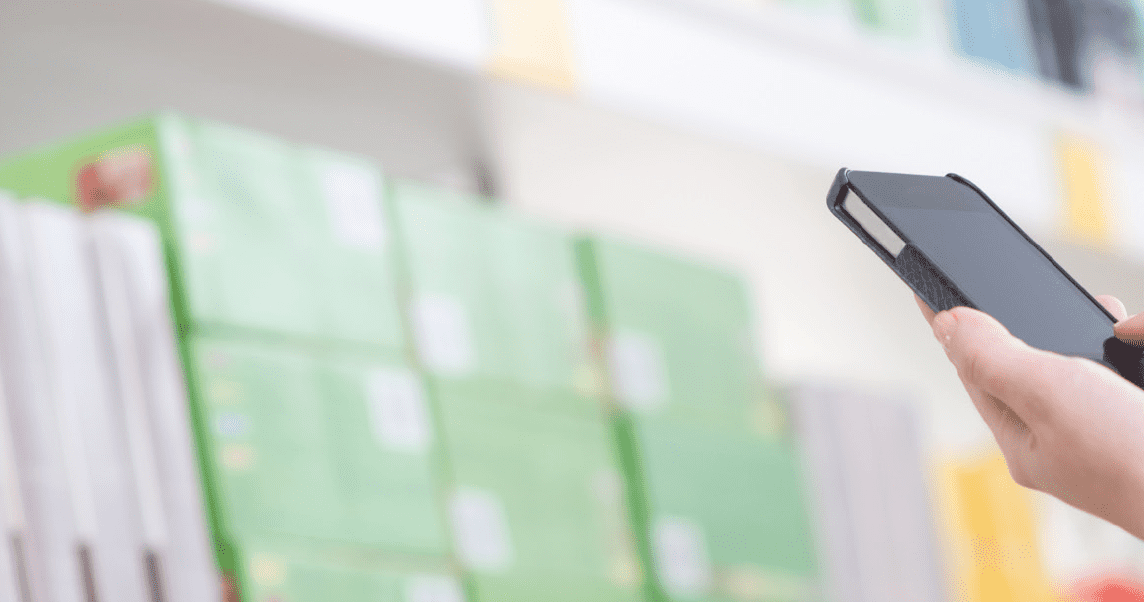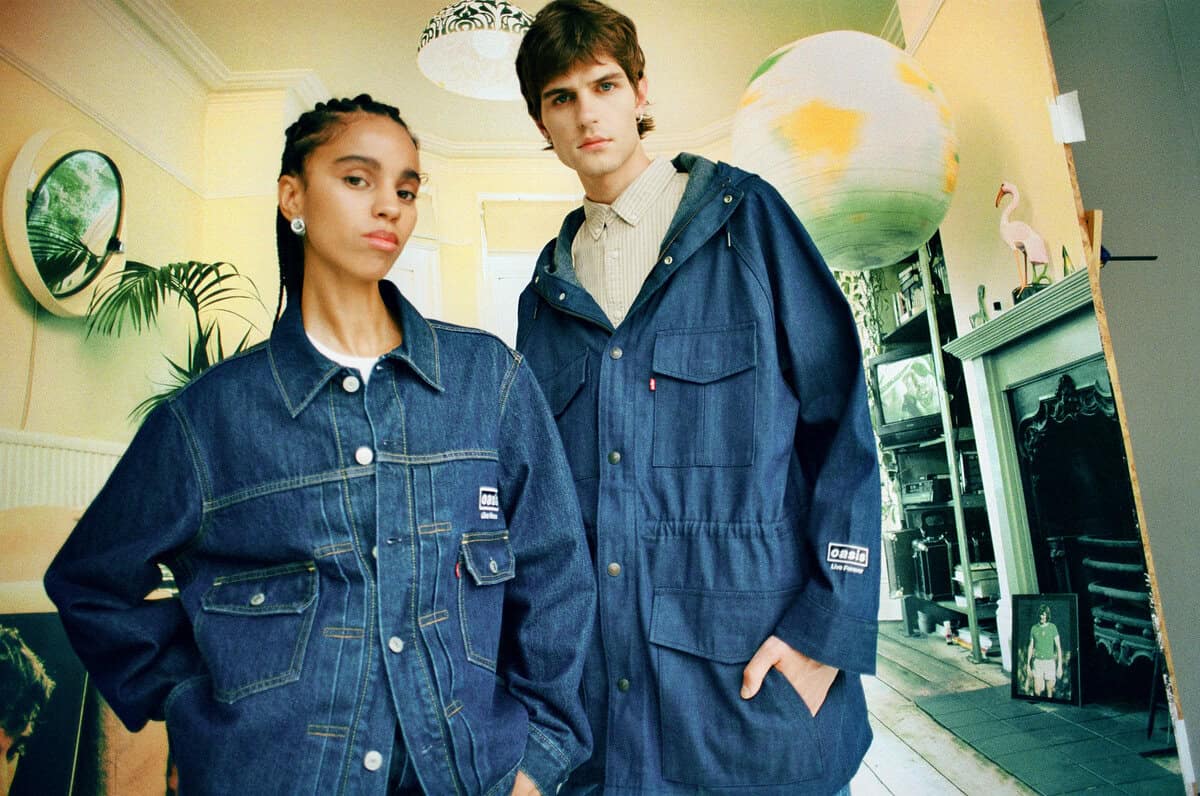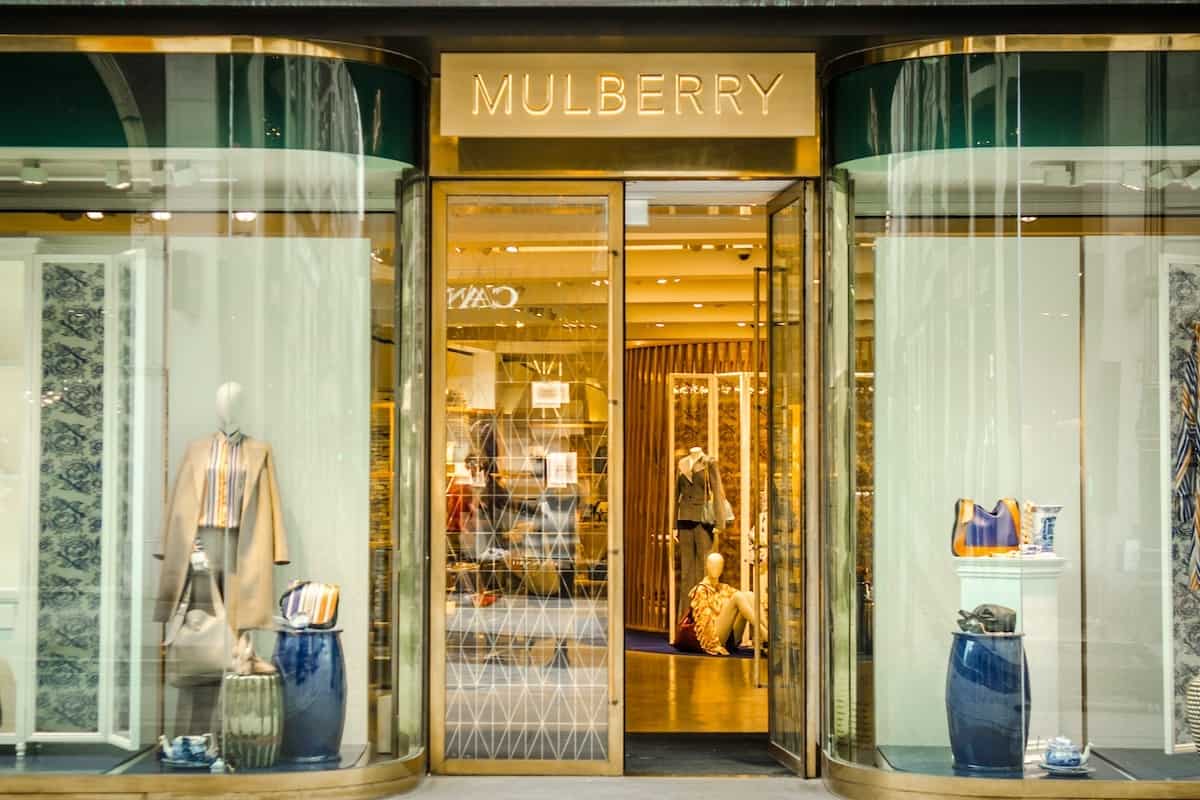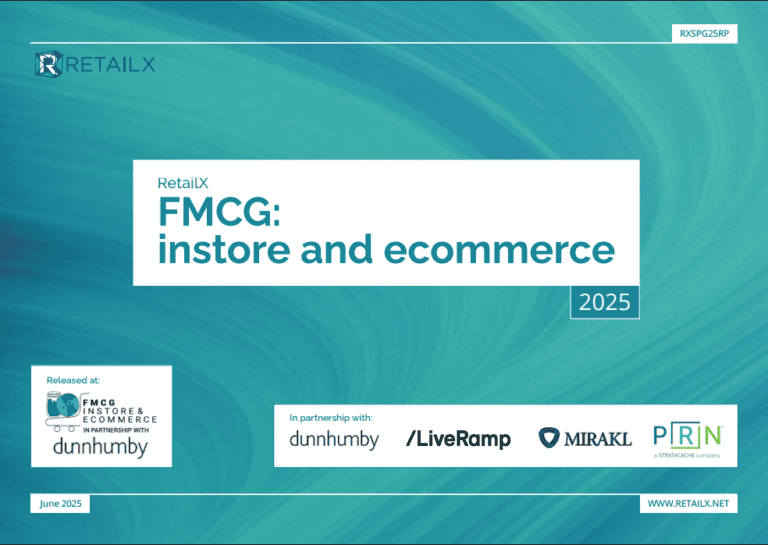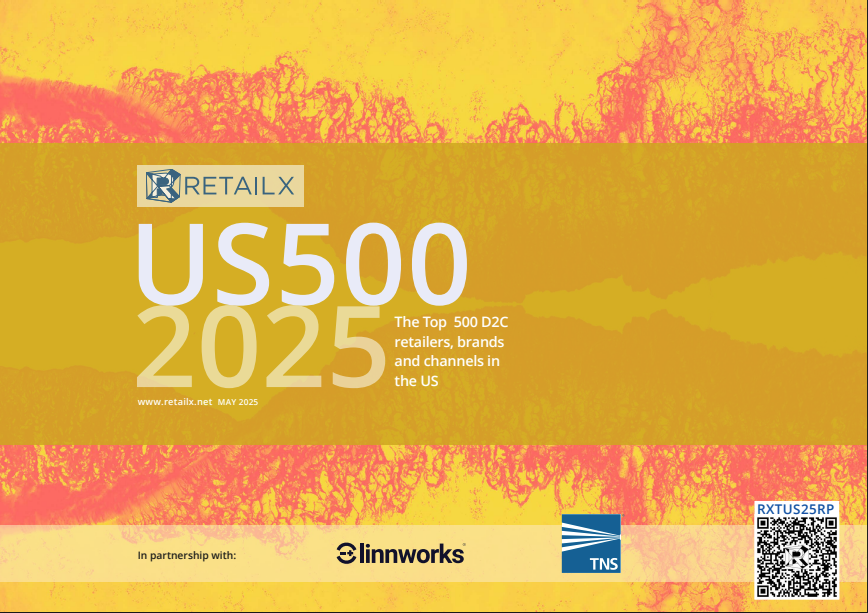Martin Shaw describes how app features, cross-channel capability and personalisation are measured in the IRUK 500 Performance Dimension Report on mobile and cross-channel.
Today sees the launch of the IRUK Mobile and Cross-channel Report 2015. In the report we review mobile apps from 40 leading retailers. Here we explain the methodology behind our approach. The study, designed in collaboration with Poq Studio , measured app performance against six KPIs with some surprising findings. Click here to download the report and find out more.
What great apps do
Mobile apps that work effectively as a retail sales and marketing channel prioritise customer convenience. In our study we looked at 40 iOS apps, evaluating each on whether they included features designed to make mobile shopping easier – and whether they worked. The study tested each app for:
- Features (such as ‘daily deals’) that encourage customers to use apps often, rather than becoming a downloaded but rarely-used zombie app. Quick browsing and ‘save for later’ functionality (such as ‘wish lists’) accommodate the usage habits of many consumers, who use mobile phones to browse in short bursts while commuting or in between tasks
- The relevance of in-app search results
- Features that enable users to send product links and share ‘wish lists’ easily on social media platforms
- Upfront and accurate estimates of delivery cost. Sophisticated apps cleverly integrate device hardware capabilities (such as a GPS location) or information from the user profile (such as a delivery address) to predict the cost of delivery before the point of checkout
- Star ratings and written reviews for the products listed in the app because ‘social validation’ is an established method of increasing trust and sales.
- Native checkouts, where the app localises as much as possible of the payment process so that it still works even with a slower or intermittent internet connection.
Crossing channels
Mobile devices can be used for shopping in more than one way. Customers can use them to buy at any time, whether they’re on the go or simply don’t want to visit a shop or a website from their desktop. Apps also allow retailers to track, identify and notify customers, reminding them of offers, and delivering personalised invitations to visit a physical store (while often also providing directions). All 37 apps offered by the multichannel retailers in our study included a store finder. The most impressive apps also offered loyalty card integration, barcode scanners, beacon tech, and push notifications. Within the store an app with a barcode scanner can be the first port of call for more product information — keeping ‘showrooming’ shoppers in-store, at least in a virtual sense. One particularly groundbreaking example is to integrate push notifications and geofencing technology to notify potential customers of in-store offers when they walk within 50m of the high street shop.
Personalising the experience
Studies have shown that most people are happy to share their information with retailers when doing so means they receive more personalised offers. Mobile apps can provide retailers with unrivalled information about their users. For example, retailers with physical stores can combine customers’ in-app location and browsing record with their in-store habits (via loyalty card). Using such data to construct customer profiles and predictive models improves retailers’ ability to target push notifications and emails about specific products and sales to those customers likely to appreciate them, rather than flooding their customer list with spam.
Summing up
The mobile app study reveals a tension between adopting new technology and maintaining usability. Fancy bells and whistles serve little point if they can break easily or block basic functionality. Some apps in our study were practically unusable due to glitches. The fuller picture, however, reveals a maturing mobile market where apps are an important part of the retail picture for consumers and businesses alike. New ways for people to shop and relate to retailers have emerged from the use of apps. Traders, in turn, are able to provide both more convenient and more personalised experiences for their customers. InternetRetailing’s retail performance index, the IRUK 500, tracks the indicators of success and analyses new technologies as elite and leading companies compete to develop best practice approaches. Follow this research blog for regular updates, subscribe to the magazine, and read the Mobile and Cross-channel report for more.
Challenged or inspired? Join the conversation on #IRUK500 with @etail.
Click here to download the InternetRetailing Top500 Report 2015, our listing of the 500 most significant ecommerce and multichannel retailers in the UK graded over six performance dimensions. (Through the same form, non-subscribers can sign-up to receive our free bi-monthly magazine and IRUK research supplements).
